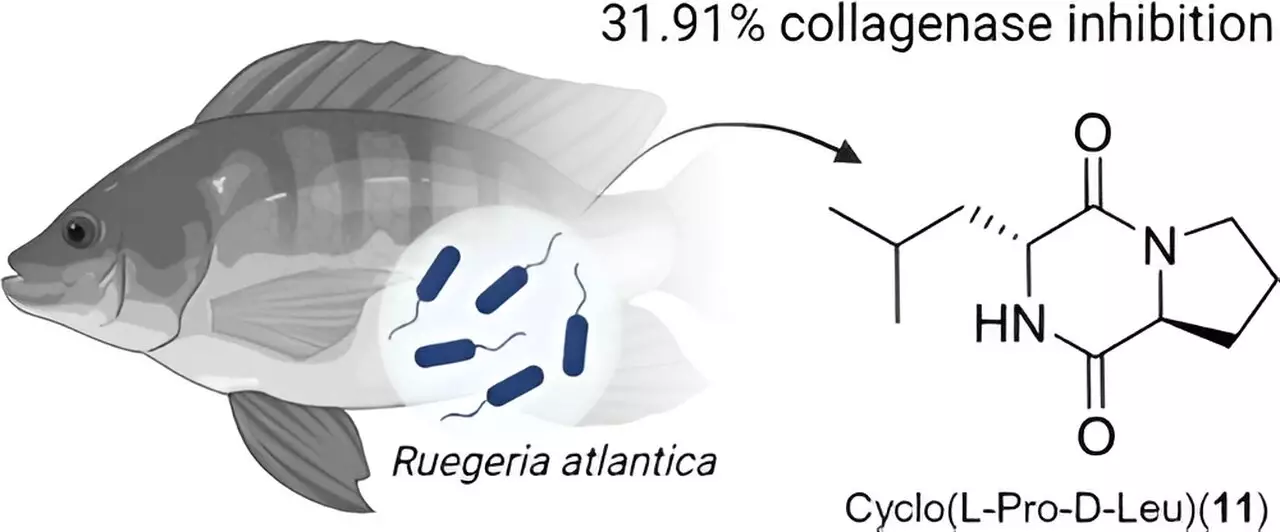The world of cosmetics and skincare often features a lineup of ingredients that can leave consumers scratching their heads. From the trending use of snail mucin—more commonly referred to as snail slime—to recently considered components like fish gut bacteria, the quest for effective skin treatments is leading researchers down unconventional paths. The discovery of potentially beautifying molecules from the intestinal flora of fish highlights a fascinating intersection between nature and skincare, emphasizing that innovation often arises from the most unexpected sources.
The Science Behind the Slime and Beyond
Snail mucin has gained traction for its reported moisturizing and antioxidant benefits, emblematic of how consumers are increasingly open to unique and even bizarre ingredients. However, the latest research reported in ACS Omega might propel the beauty industry into new territory with the exploration of gut bacteria from fish like the red seabream and the blackhead seabream. These microorganisms, previously overlooked in the search for cosmetic compounds, are at the forefront of a groundbreaking approach that hinges on the ancient adage of “one person’s trash being another’s treasure.”
Why fish guts, you may ask? The rationale draws from a historical precedent within pharmacology; many critical medical advancements sprang from seemingly nonsensical beginnings. For instance, penicillin’s origin story, born from an accidental mold outbreak, is a testament to serendipity in scientific discovery. Add to that the 2016 identification of diverse microbes thriving in ocean sediments that led to the development of new cancer drug candidates, and one begins to appreciate how many answers dwell in the unlikeliest of establishments.
In their ambitious study, researchers Hyo-Jong Lee and Chung Sub Kim embarked on a mission to unearth the cosmetic potential of fish gut bacteria. Their rigorous testing led to the identification of 22 distinct metabolites from the bioactive gut flora of the seabreams. Through systematic evaluation, they pinpointed promising candidates that not only inhibited crucial enzymes such as tyrosinase and collagenase but did so without adversely affecting cellular health. Both enzymes play vital roles in skin health; tyrosinase contributes to hyperpigmentation, while collagenase breaks down collagen, leading to the appearance of fine lines and wrinkles.
The Future of Skincare
The implications of these findings could redefine the skincare landscape, inviting consumers to embrace ingredients that evoke curiosity rather than hesitance. With few studies conducted on the metabolites produced by these marine microorganisms, this research opens a door to continuously innovate within the beauty industry. Imagine a skincare routine that relies on the power of fish gut bacteria to achieve luminous, youthful skin—a delightful juxtaposition that may soon become commonplace. Through this journey of discovery, the cosmetic world is reminded that the next breakthrough could lie hidden in the depths of the ocean, waiting to be unveiled. The potential for incorporating novel compounds into future products spells excitement for consumers eager for effective and unique solutions to their skincare challenges.


Leave a Reply